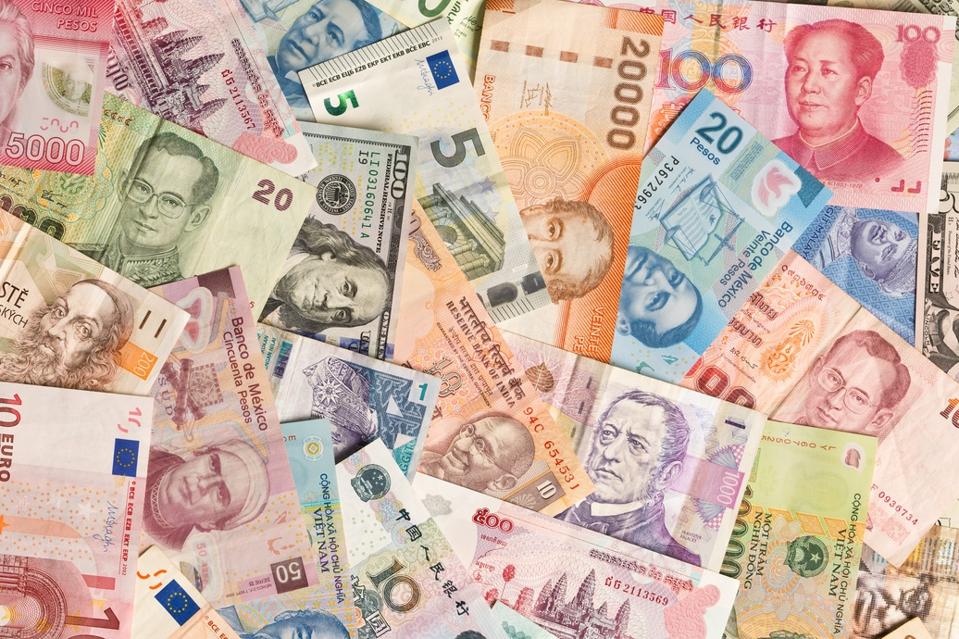Emerging market bonds are usually priced with a cushion for risk. Abu Dhabi’s latest 10-year issuance changed the game, coming at just 18 basis points over U.S. Treasuries — a level tighter than many of America’s most creditworthy corporates.
Hussain Zaidi, global bond syndicate head at Standard Chartered told the Financial Times: “The 10-year pricing at Treasuries plus 18 basis points is in our estimation the tightest 10-year spread we have seen, certainly in emerging markets, and even in the US investment-grade market we are struggling to find one that has priced tighter this millennium.”
Paul Dmitriev of GlobalX ETFs called the deal “historic,” noting “the tighter spread reflects stronger investor demand, and growing confidence in the country’s credit profile.” He added that the bond strengthens the UAE’s position as a “Tier-1 EM credit” and could draw more attention to parts of the emerging world with improving fundamentals.
Roger Mark, emerging market fixed income analyst at Ninety One, placed the transaction in a wider context. “Abu Dhabi’s new issuance should be viewed in the context of EM investment grade spreads compressing to post-GFC lows,” he said, referring to the global financial crisis in the 2008-9 period. “This in part reflects diversification away from U.S. assets, a trend led by Asian investors. With falling yields in China, demand for high-quality investment grade yields has only grown.”
Implications for EM debt
The deal may also reset expectations for what constitutes “emerging market” risk. Dmitriev argued that investors could begin to expect top-rated EM credits to price within 20–30 basis points of U.S. Treasuries, rather than the 40–60 basis point cushion that once defined the space. Countries with sovereign wealth funds, oil wealth, or low debt levels, he added, could increasingly be treated as reserve-quality assets, particularly during periods of U.S. or Eurozone fiscal stress. The Global X Emerging Market Bond ETF is overweight UAE, officials from the fund noted.
Mark underscored that Abu Dhabi, while still technically in JPMorgan’s EM indices until next year, already looks more like a developed-market borrower. “It is clearly at the higher end of the quality spectrum with an AA median credit rating and macroeconomic fundamentals that are enviable versus many developed markets,” he said, pointing to low debt levels, fiscal and current account surpluses, and non-oil growth supported by ongoing reforms.
Investor appetite
Demand for the bonds was equally striking. Investors placed $11.5 billion in orders for the $2 billion 10-year tranche, while another $7 billion chased just $1 billion of three-year paper. About 60 percent of demand came from Asia and the Middle East, underscoring the Gulf’s growing importance in global capital flows.
Dmitriev pointed to three drivers of this appetite: “Investors are keen to buy high-quality debt ahead of the U.S. rate-cutting cycle; the UAE has taken a pragmatic approach to reform and fiscal management; and Asian investors are looking to diversify away from Treasuries given ongoing trade uncertainties.”
Mark highlighted supply factors. “High-quality GCC issuers in general have benefited from reduced supply, as higher oil prices and financing costs have cut issuance compared to the 2019–2022 average,” he said. “Even at these tight spreads, Asian investors get a significant pick-up versus renminbi assets — with arguably similar or even better fundamentals than the U.S. itself.”
The Department of Finance in Abu Dhabi emphasized the transaction’s significance as part of its broader funding strategy. The $3 billion dual-tranche issuance comprised $1 billion in three-year notes and $2 billion in 10-year bonds, priced at just 10 and 18 basis points over U.S. Treasuries, respectively. Officials stressed that this represented the tightest spreads in Abu Dhabi’s history, underpinned by AA credit ratings from Fitch and S&P, fiscal resilience, and the continued trust of both global and regional investors.
This latest deal follows a $5 billion three-tranche bond issued in 2024 and listed on the Abu Dhabi Securities Exchange. That earlier sale included maturities in 2029, 2034, and 2054 with coupons of 4.875, 5.0, and 5.5 percent, respectively.
Abu Dhabi as ‘the capital of capital’
The bond sale also fits into Abu Dhabi’s broader positioning as a global financial hub. The emirate is home to an estimated $1.7 trillion in sovereign wealth and has seen a growing number of international asset managers set up in Abu Dhabi Global Market, its fast-growing financial center. Officials have described the city as “the capital of capital,” and the record-tight pricing of its latest issuance reinforces that perception, showing that investors see Abu Dhabi not only as a reliable energy exporter but as a stable, systemically important financial centre.
Ahmed Jasim Al Zaabi, Chair of Abu Dhabi Department of Economic Development and Abu Dhabi Global Market, recently led a delegation to New York as part of a road show to attract more asset managers to the emirate. The UAE capital has already “emerged as a hotbed for international asset managers, family offices and hedge funds,” according to FDI Intelligence. Throughout the event, Al Zaabi and other officials signaled Abu Dhabi’s ambition to leverage its sovereign wealth, regulatory ecosystem, and diversified economy to become a global hub where financial capital is raised, deployed, and managed.
Looking ahead
Both Dmitriev and Mark expect Abu Dhabi’s deal to ripple beyond its borders. Dmitriev pointed to history: EM debt has typically outperformed developed-market peers following Fed rate-cutting cycles, a dynamic he believes will play out again. Mark added that Abu Dhabi’s new role as a benchmark curve could compress spreads across other Gulf Arab states.
Abu Dhabi’s record-breaking bond thus signals two shifts: the emirate’s consolidation as a safe-haven-like borrower, and the broader re-rating of top-tier emerging market credits as global investors diversify beyond traditional benchmarks.

